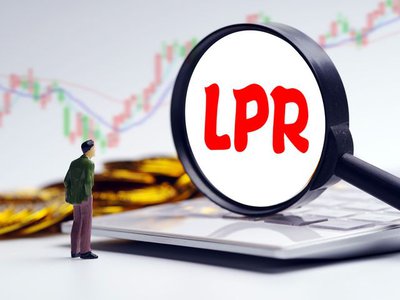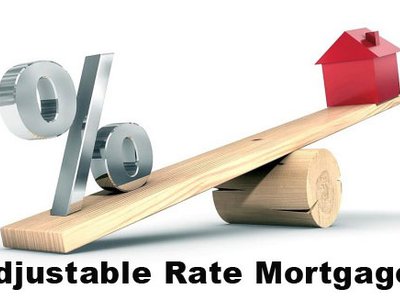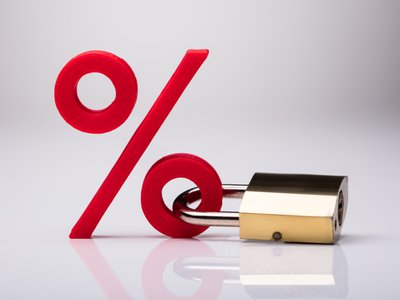The bank calls short-term loan a “Simple Loan,” and is available to customers who meet their eligibilities requirements such as having a checking account with the bank. Borrowing amounts range from $100 to $1,000 and must be repaid in three months in three fixed payments. The bank charges $12 to $15 for every $100 a person borrows.
This can still add up to a lot of money.
According to U.S. Bank, a person who borrowers $400 and choosing automatic payments will be charged $48 for a total of $448 to be paid back in three months. The yearly percentage rate for this loan is more than 70 percent.
While this is comparable to other payday lenders, it’s still more than a personal loan. The Consumer Financial Protection Bureau said states impose limits on how much payday loan lenders can charge in fees – usually no more than $30 for every $100 borrowed.
Many consumer advocacy groups like the Center for Responsible Lending sent a letter to financial regulators asking them not to permit banks to charge over 36 percent APR. CRL senior policy council member Rebecca Borne said this kind of product is still not a safe substitute to payday loans.
However, U.S. Bank said a pilot program was carried out in 2016 and 2017 that sounds customers were able to understand the pricing. Throughout the application process, customers were made aware of the high-cost products and were offered other options.
U.S. Bank isn’t the only entity to offer small-dollar loans. For example, Marcus, which is part of Goldman Sachs, offers them as well with interest rates ranging from seven to 25 percent. TD Bank has 8.99 percent and higher unsecured loans, and SunTrust also has LightStream, which provides unsecured personal loans that have interest ranges of three percent to 14 percent when people use the autopay feature.
No matter where a person goes for their payday loan, they need to be mindful of the origination fees lenders charge as well as any penalty for repaying loans early.






